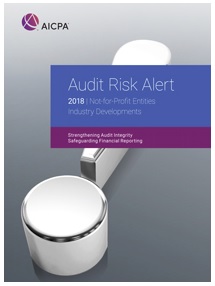
Just checked on the most recent financial statements for the three charities who received cease and desist orders from the California Attorney General. The appeal hearings start in a week, on November 27, 2018.
Found a number of pieces of information in the financials that are of public interest to this developing story. Will point out some of the information now. Later on, as time allows, I’ll provide some commentary on the disclosures.
Previous post discussed the 12/31/16 financials for FftP, 9/30/17 financials for CMMB, and 9/30/16 financials for MAP. FftP and MAP have since issued their next year’s report; CMMB has not.
This discussion will be in three parts.
Executive Summary
All three charities disclose they use wholesale acquisition cost (WAC) to value donated medicine.











